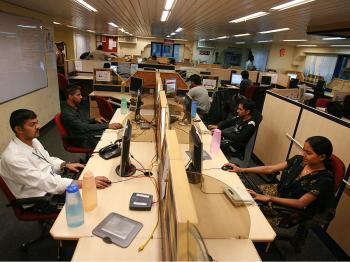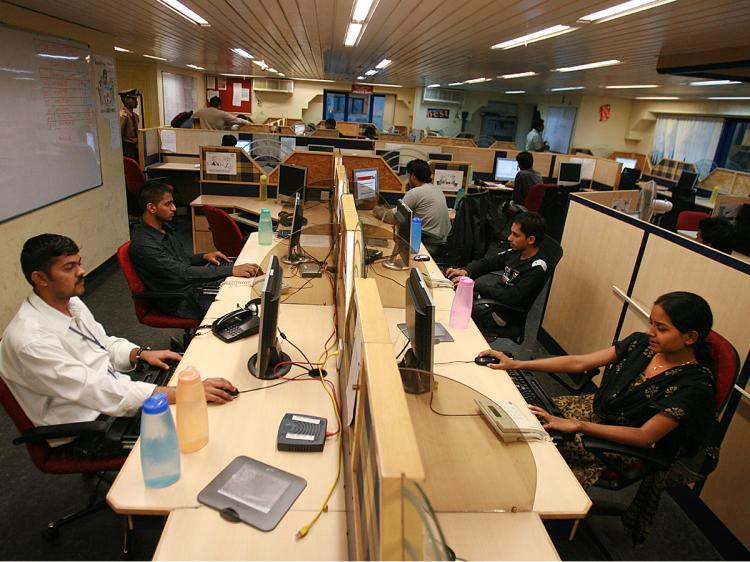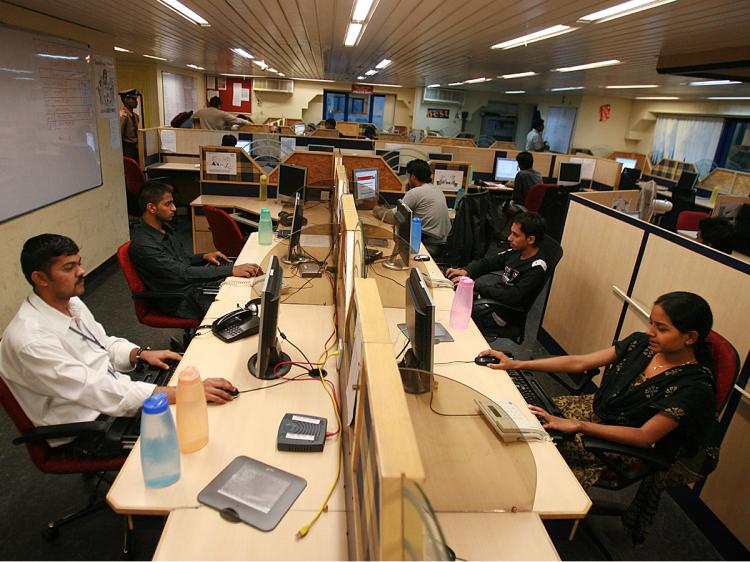Quite a few companies, even before the current economic recession, never made it. Many others did succeed and were eventually sold to the highest bidder. Even fewer remained independent and eventually became publicly traded companies.
Why? The model in many cases is as simple as the outsourcing of research and development (R&D) activities. Many large corporations, despite large R&D expenditures, usually expand through mergers and acquisitions. In the case of buying startups, they are simply looking for a technology, an idea or, in rare instances, a finished product.
Such companies are willing to consistently shell out millions to hundreds of millions of dollars per startup, in an endless series of acquisitions.
It is possible that the cost of internally developing such products or technologies would have been cheaper. So why does the market behave differently? In many cases, a third party shoulders the bulk of the risk—private equity firms.
Private equity or venture capital firms invest in startups with the intention of eventually “flipping” them to the market or another acquirer. The firm provides the startup with capital and financial expertise, and prepares the startup for an eventual acquisitions by a corporation or in an initial public offering of stock. The turnaround usually doesn’t last more than five years.
These private equity firms have enabled this cycle to exist. They act as a sieve for startups that look for funding, and supply such funding. One successful “flip”—often generating millions in profits—could cover the losses from all the other startups in their portfolio.
Here one can see a certain instability in the model—based on the desire to make money quickly, coupled with the usual time limit private equity firms have to show profits to their investors.
Concurrently, this pattern may also hurt the bottom line of corporations who pay premiums to buy such startups from private equity firms. Corporations could potentially save million of dollars annually from the money used to overpay for acquisitions.
But in many cases, management was encouraged to boost the bottom line and the stock price in the short term—partly due to the fact that their compensation was based on bonuses and stock options. Attention to building a long-term competitive advantage was often given a back seat.
Today, many private equity firms face a structural problem. On the one hand, their investors lost a lot of money and thus have become somewhat risk-averse. Due to the economy, many investors want their money back—pronto. Liquidity is the name of the game. On the other hand, the big companies are in a state of self survival and are already heavily leveraged, so they have altogether stopped investing in “ideas for premium prices”.
The model, as we know it, is in trouble.
The first to suffer are the entrepreneurs, who once dreamed of a Beemer, but now must cover their obligations and go look for work at other corporations—which are, incidentally, cutting jobs by the thousands. But the system-wide damage could be greater, as during all those years from which growth was generated by acquisitions, it is unclear how much latent ability to generate growth internally has survived within these corporations.
Of course, entrepreneurship will always live on. Almost all big companies started out small.
Even today, there are places and niche industries to start new companies and build a solid foundation for the market leaders of tomorrow. The only difference is that the old strategy of “get rich quick” no longer holds.








Friends Read Free